Collective order and group structure of shoaling fish subject to differing risk-level treatments with a sympatric predator
- PMID: 39100626
- PMCID: PMC11296334
- DOI: 10.1098/rsos.231511
Collective order and group structure of shoaling fish subject to differing risk-level treatments with a sympatric predator
Abstract
It is imperative for individuals to exhibit flexible behaviour according to ecological context, such as available resources or predation threat. Manipulative studies on responses to threat often focus on behaviour in the presence of a single indicator for the potential of predation, whereas in the wild perception of threat will probably be more nuanced. Here, we examine the collective behaviour of eastern mosquitofish (Gambusia holbrooki) subject to five differing threat scenarios relating to the presence and hunger state of a jade perch (Scortum barcoo). Across threat scenarios, groups exhibit unique behavioural profiles that differ in the durations that particular collective states are maintained, the probability of transitions between states, the size and duration of persistence of spatially defined subgroups, and the patterns of collective order of these subgroups. Under the greatest level of threat, subgroups of consistent membership persist for longer durations. Group-level behaviours, and their differences, are interconnected with differences in estimates of the underlying rules of interaction thought to govern collective motion. The responses of the group are shown to be specific to the details of a potential threat, rather than a binary response to the presence or absence of some form of threat.
Keywords: Gambusia holbrooki; collective movement; group order; predator–prey; rules of interaction; threat.
© 2024 The Authors.
Conflict of interest statement
We declare we have no competing interests.
Figures




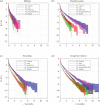
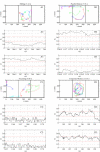
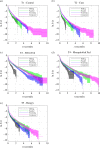



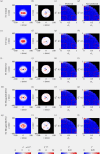
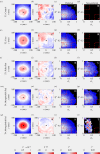
References
-
- Ward AJW, Webster MM. 2016. Sociality: the behaviour of group-living animals. Cham, Switzerland: Springer. (10.1007/978-3-319-28585-6) - DOI
-
- Seeley TD. 2010. Honeybee democracy. Princeton, NJ: Princeton University Press. (10.1515/9781400835959) - DOI
-
- Turner GF, Pitcher TJ. 1986. Attack abatement: a model for group protection by combined avoidance and dilution. Am. Nat. 128 , 228–240. (10.1086/284556) - DOI
-
- Landeau L, Terborgh J. 1986. Oddity and the ‘confusion effect’ in predation. Anim. Behav. 34 , 1372–1380. (10.1016/S0003-3472(86)80208-1) - DOI
Associated data
LinkOut - more resources
Full Text Sources

